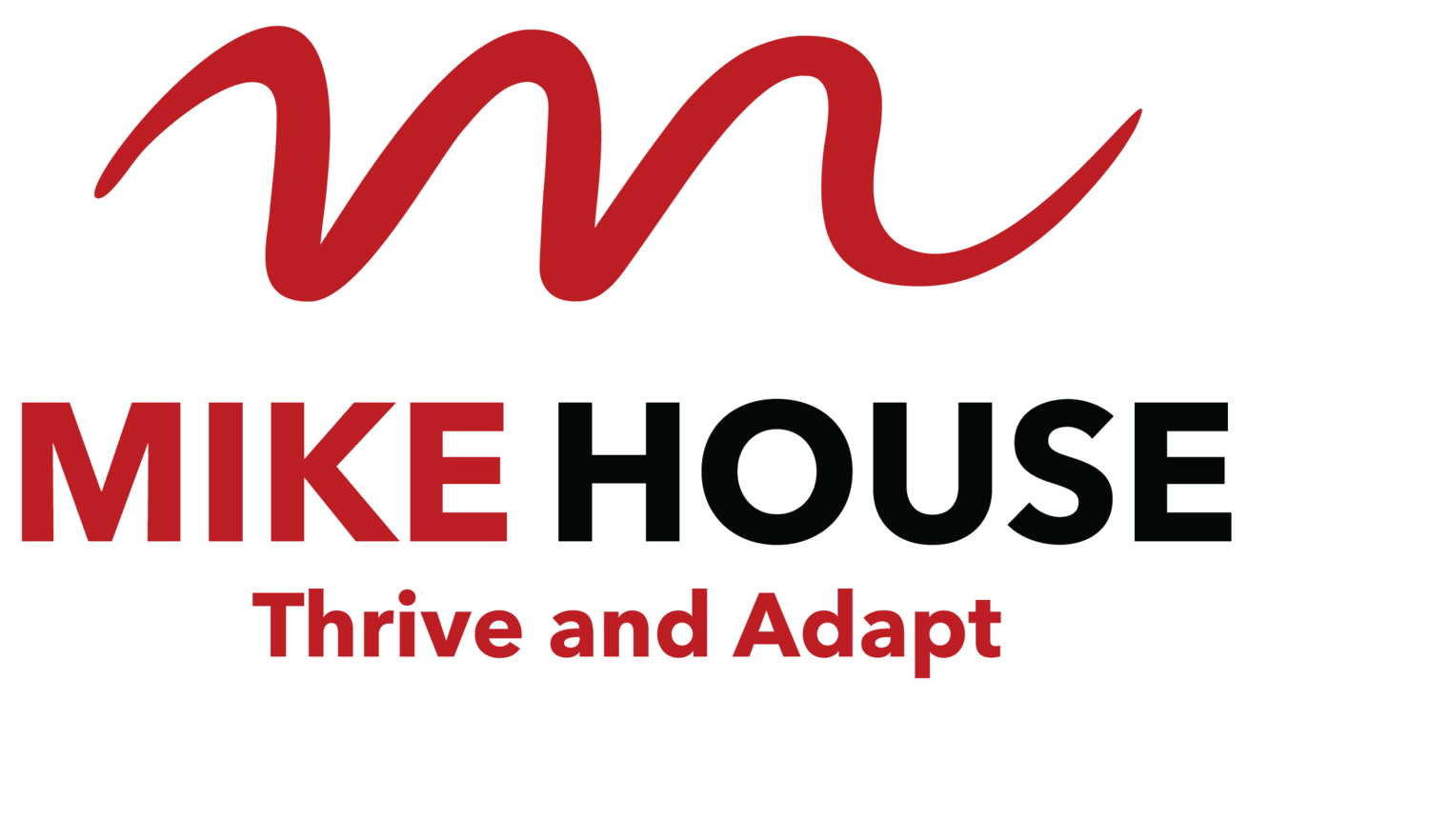Whack a Mole?
/Have you ever been in a reactive state?
At least there's action, but it’s like a game of ‘whac-a-mole’.
There’s no plan or strategy. The action is a scramble, just trying to stay ahead of the game. The state can be highly productive, but not necessarily effective. Individuals and teams can get a lot done. But it is sooo easy to disrupt. Without an overarching plan, changes in direction are abrupt and extreme. If preparation or forethought are required, we can be caught short. Exhaustion is common too. It feels as if there is no light at the end of the tunnel, or if there is it’s an oncoming train!
The more reactive we get the more proactive work goes out the window. We are constantly dealing with urgent ‘stuff’ that assails us. The non-urgent but important ‘stuff’ is left until it becomes urgent. The reactive state can be super addictive too. Action-oriented people love the rush of ‘fixing on the fly’. In monotonous environments, reactive feels purposefully important and adds a dimension of novelty and engagement. Time pressure and addictive appeal can make it a very difficult state to shift.
COVID forced many businesses into a Reactive State. Where are you now? Have you become addicted to being Reactive? If you’d like some tactics to move beyond Reactive, DM me.
PS. Some perfectionists may be delighted to find a typo, but it really is ‘Whac-a-mole’. I know! Took me by surprise too, but I guess that's game designers for you. Still sceptical? Google will tell you...And this by no means guarantees the absence of other typos.













